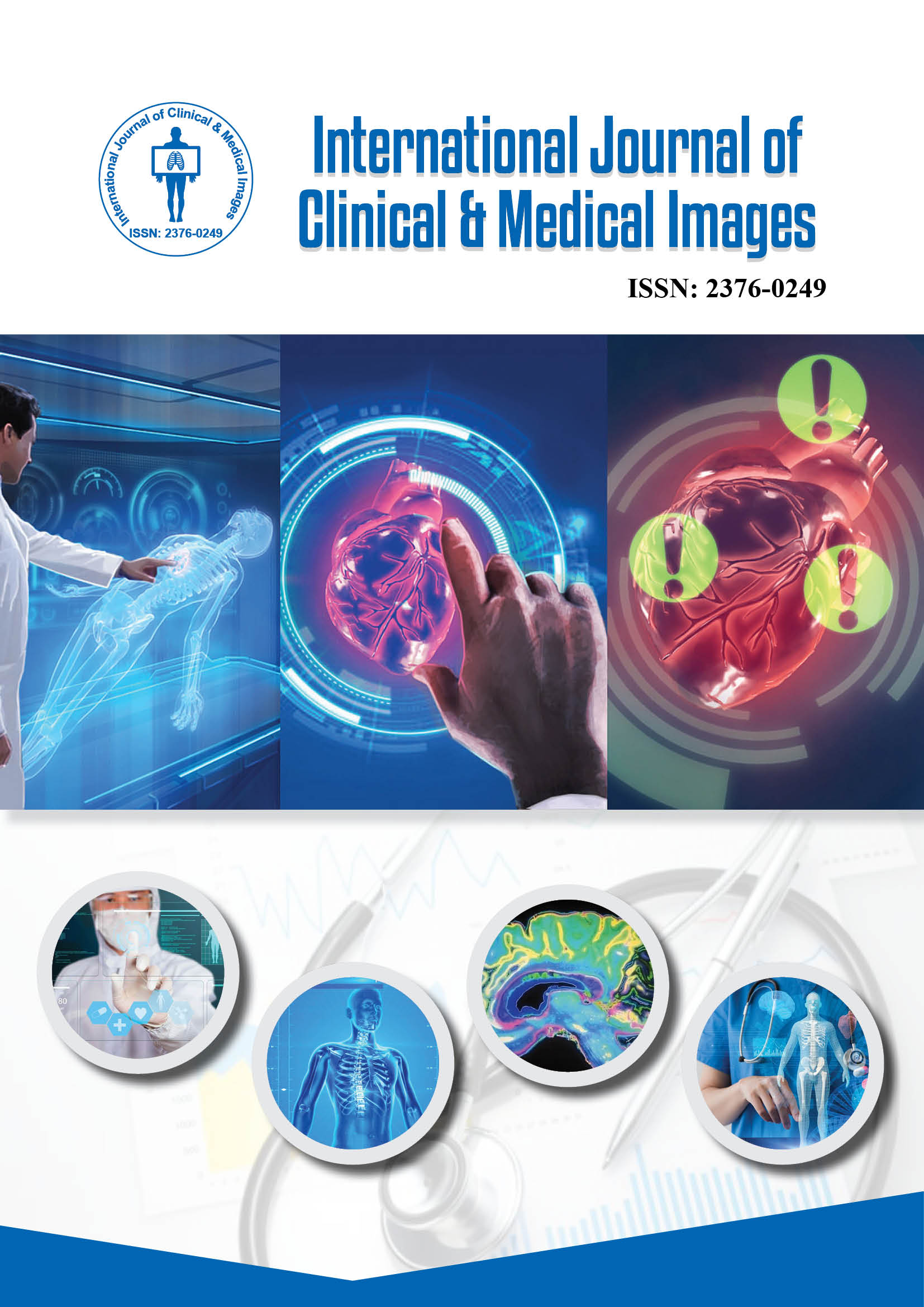2376-0249
Medical Image - International Journal of Clinical & Medical Images (2025) Volume 12, Issue 1
Author(s): Azuma Krause
Neuroimaging has transformed the landscape of modern medicine by enabling clinicians to visualize the structure and function of the brain and nervous system with unprecedented detail. The evolution of imaging modalities such as Magnetic Resonance Imaging (MRI), Computed Tomography (CT), Positron Emission Tomography (PET) and advanced hybrid techniques has profoundly enhanced diagnostic precision, treatment planning and the understanding of neurological disorders. In clinical practice, neuroimaging serves as a cornerstone for detecting structural abnormalities, assessing brain function, guiding surgical interventions and monitoring disease progression. The integration of these technologies represents a significant leap toward personalized medicine, where the visualization of neural tissue directly informs patient care decisions [1].
MRI remains the gold standard in neuroimaging for its exceptional ability to differentiate between soft tissues and its versatility in assessing a broad range of neurological conditions. Using strong magnetic fields and radiofrequency pulses, MRI produces detailed cross-sectional images of the brain and spinal cord without ionizing radiation. It is particularly valuable for diagnosing conditions such as multiple sclerosis, brain tumors, ischemic strokes and neurodegenerative diseases like Alzheimerâ??s and Parkinsonâ??s. Advanced MRI techniques such as Diffusion Tensor Imaging (DTI) provide insights into white matter tract integrity, while functional MRI (fMRI) captures brain activity by detecting changes in blood oxygenation levels. These innovations not only assist in clinical diagnosis but also contribute to research exploring the neural basis of cognition, emotion and behavior.
CT imaging, on the other hand, remains indispensable in acute clinical settings, especially for emergency evaluation of head trauma, intracranial hemorrhage and stroke. CT scans use X-rays to produce rapid and high-resolution images of the brain, allowing physicians to detect life-threatening conditions within minutes. The speed and accessibility of CT make it the first-line imaging modality in emergency departments, where timely diagnosis can mean the difference between life and death [2].
In essence, neuroimaging has become an indispensable pillar of clinical practice, offering an intricate window into the brainâ??s structure and function. MRI and CT remain the foundational modalities, each with distinct strengths that complement one another, while emerging technologies continue to expand the horizons of diagnostic and therapeutic possibilities. As imaging science advances, the fusion of structural, functional and molecular information will pave the way for more precise, personalized and proactive neurological care. The future of neuroimaging lies in innovation and integration transforming the way clinicians perceive, diagnose and treat the complexities of the human brain.
Neuroimaging, Magnetic Resonance Imaging, Computed Tomography
None.
None.
Google Scholar Cross Ref Indexed at
 Awards Nomination
Awards Nomination

